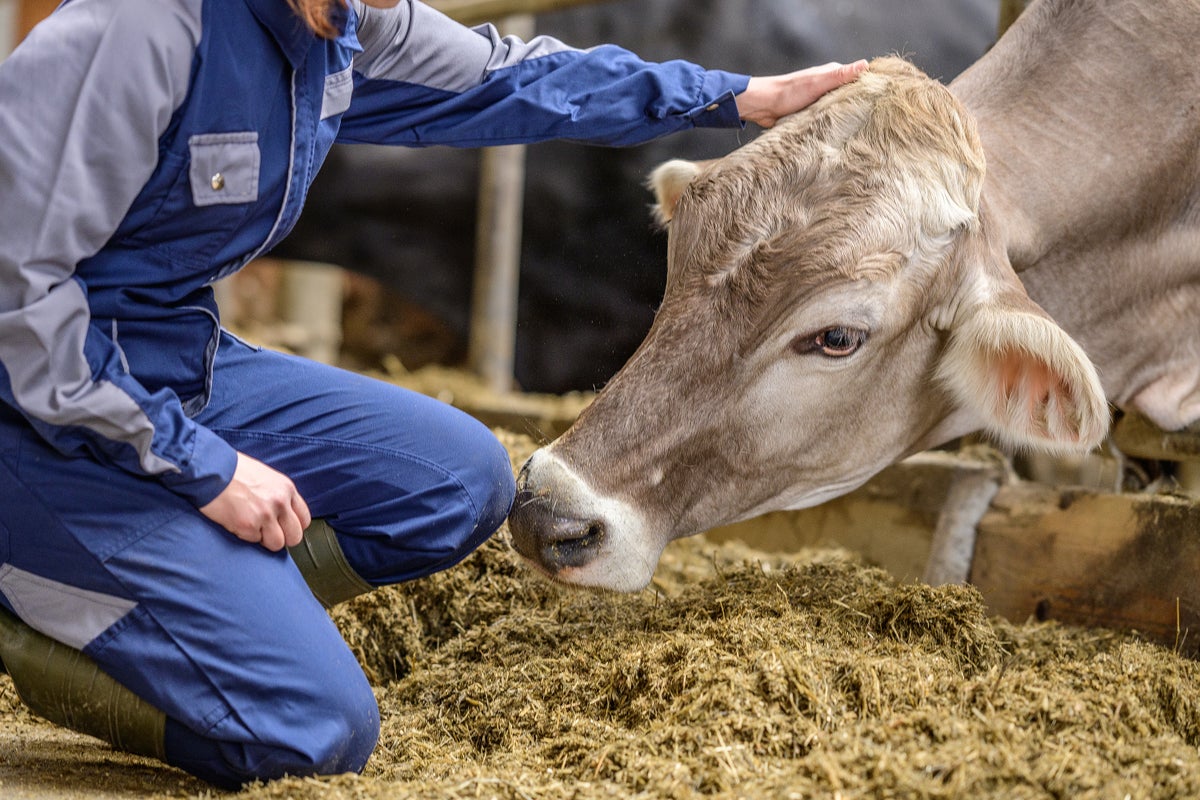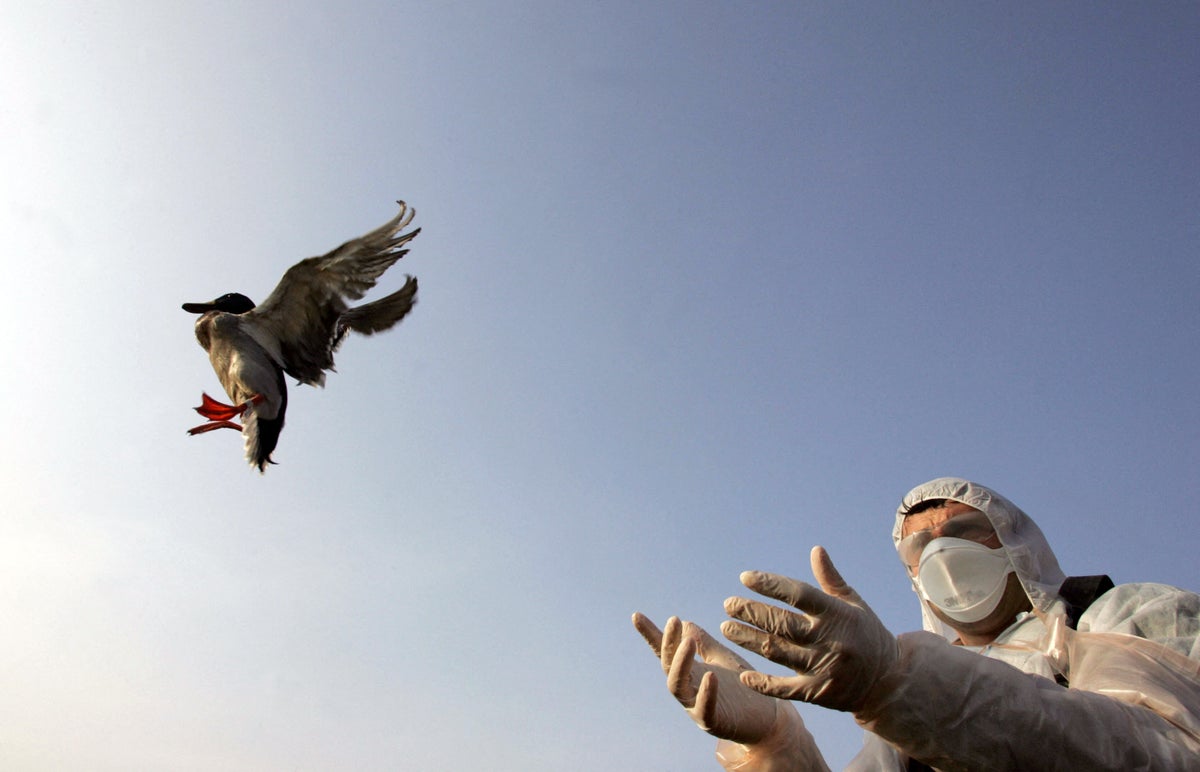Now Reading: Bird Flu and Human Transmission: How Likely Is It?
-
01
Bird Flu and Human Transmission: How Likely Is It?
Bird Flu and Human Transmission: How Likely Is It?

Fast Summary
- H5N1 Avian Influenza Adaptation: Discovered in waterfowl in 1996, H5N1 has recently mutated to infect cattle, marking a surprising leap since influenza hasn’t historically infected cows.
- Human health Risk: While H5N1 doesn’t spread human-to-human yet, people can catch the virus through close contact with infected milk.This new cattle strain gives the virus opportunities to mutate and potentially adapt for human transmission.
- Progress of Research: Scientists are studying mutations in flu strains affecting mammals like cows and seals. Mutations within receptor-binding domains (RBDs) open new host species for infection but could also push the virus closer to pandemic potential.
- Challenges to Transmission: Current strains prefer alpha-2,3 receptors found in some parts of humans (eyes and lungs), making person-to-person infections rare for now. The strain would need additional mutations-such as targeting respiratory alpha-2,6 receptors-to spread widely among humans.
- Potential Mutation Pathways: Reassortment with seasonal flu viruses or other mammalian-adapted strains could accelerate evolution toward human transmissibility if spillover events persist.
- Vaccines Available: approved vaccines against older H5N1 strains exist and could be updated quickly using mRNA technology if needed.
Environmental Contributing Factors:
High-density farming practices amplify viral spillovers due to facilitated animal transmission within overcrowded farms.
Indian Opinion Analysis
The adaptation of H5N1 avian flu into infecting mammals like cattle has raised crucial questions about disease evolution and agricultural practices. For India-a densely populated country reliant on large-scale animal husbandry-the implications are notable. India’s agriculture is characterized by overlapping interfaces between livestock workers, animals, and markets that create similar conditions conducive for zoonotic diseases.
The emerging science highlights how concentrated farming environments heighten risks for viral adaptations that may cross over into human populations. It underscores the importance of revisiting farm hygiene standards globally and locally-becoming not just an industry concern but a public health priority.
India’s policymakers must consider preventive systems integrating monitoring technologies across dairy farms while progressing vaccine readiness plans parallel with global research efforts on these evolving threats. Building disease-resistant practices today will avoid heavier social-economic costs tomorrow.























